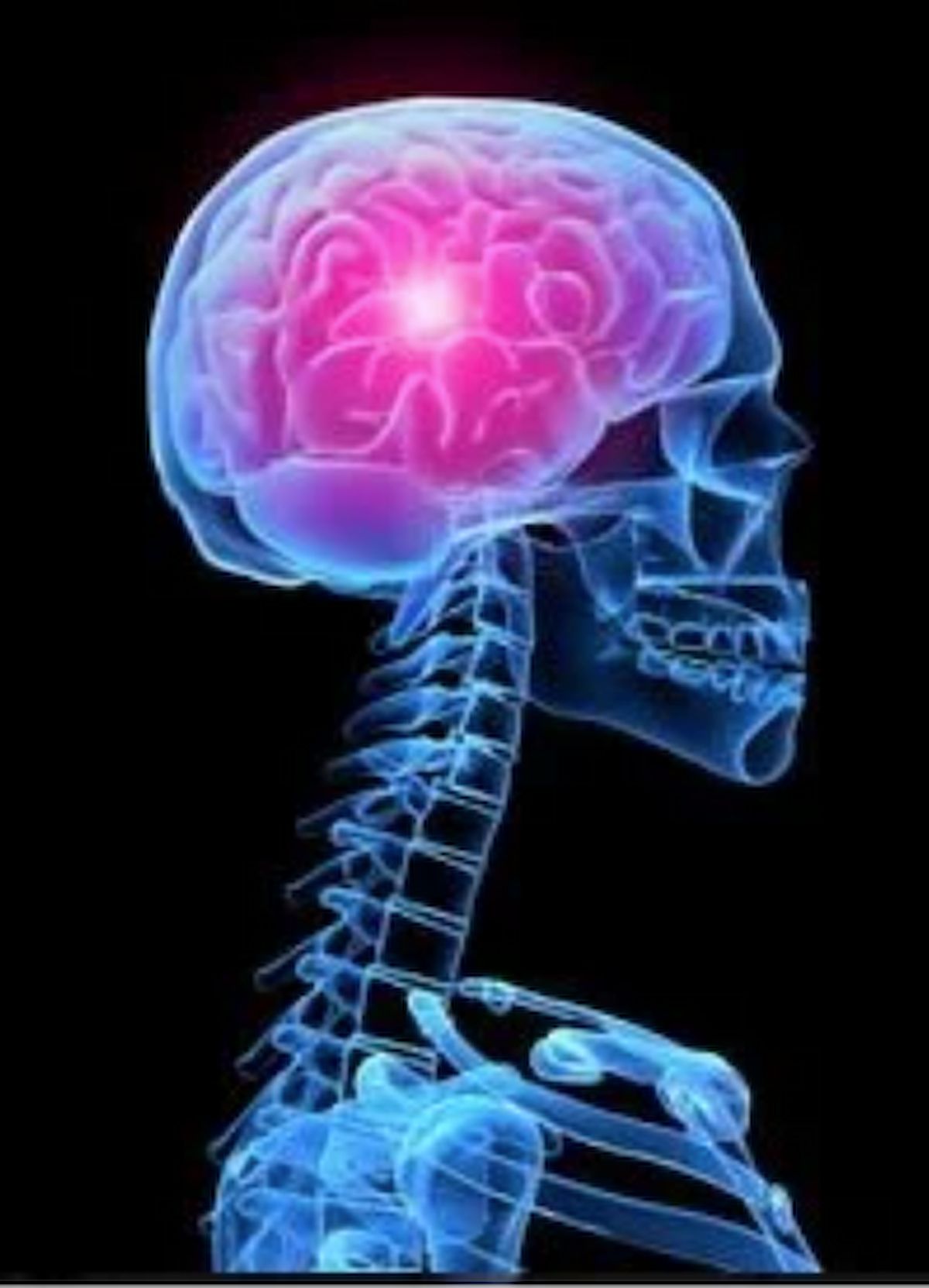AZD1390/Radiation Yields Encouraging Efficacy, Safety in Glioblastoma
First-in-patient findings support AZD1390 as a potential radiosensitizer during the management of glioblastoma.
“The data from this first-in-patient study demonstrated the potential for AZD1390 to act as a radiosensitizer for the treatment of glioblastoma,” according to Jonathan T. Yang, MD.

Administering the novel selective ATM inhibitor AZD1390 concurrently with intensity-modulated radiation therapy (IMRT) demonstrated preliminary efficacy and manageable safety among patients with glioblastoma, according to findings from a phase 1 trial (NCT03423628) presented at the American Association for Cancer Research (AACR) 2024 Annual Meeting.1
Among 21 patients who received tolerated doses of AZD1390 in combination with radiation, the median overall survival (OS) was 12.7 months (95% CI, 10.7-18.9). Doses in this analysis ranged from 150 mg to 400 mg of AZD1390.
In arm A, which included 75 patients with recurrent glioblastoma, treatment with AZD1390 plus IMRT was tolerable with mostly low-grade, manageable, and reversible toxicities. Common treatment-emergent adverse effects (TEAEs) included fatigue, nausea, and headache. Dose-limiting toxicities included skeletal muscle toxicity, and investigators identified a maximum tolerated dose of 400 mg once daily for AZD1390. Overall, 9.3% of patients discontinued AZD1390 and/or radiotherapy following toxicity, and 6.7% discontinued AZD1390 only due to AEs. No patients discontinued treatment with IMRT due to treatment-related toxicity.
Among 40 patients in arm C, which included those with unmethylated MGMT primary glioblastoma, common TEAEs included fatigue, radiation skin injury, headache, and nausea. Dose-limiting toxicities included radiation skin injury, and 300 mg once daily was determined as the maximum tolerated dose of AZD1390 for this cohort. Additionally, 10.0% of patients discontinued AZD1390 and/or radiation due to AEs; no patients (0%) discontinued AZD1390 only due to toxicity. Investigators highlighted no treatment-related radiotherapy discontinuations in arm C.
“The data from this first-in-patient study demonstrated the potential for AZD1390 to act as a radiosensitizer for the treatment of glioblastoma,” Jonathan T. Yang, MD, a radiation oncologist at Memorial Sloan Kettering Cancer Center, said in a press briefing on these findings. “Concurrent AZD1390 and IMRT was well tolerated with a manageable safety profile for both patients with recurrent glioblastoma as well as primary glioblastoma.”
According to Yang, survival data are still immature for patients with primary glioblastoma in arm C.
In this first-in-human trial, investigators used a Bayesian adaptive design to evaluate AZD1390 at escalating doses. The experimental agent was assessed as part of 3 schedules: for 2 weeks only as adjuvant treatment, for 2 weeks as intermittent concomitant treatment with radiation plus adjuvant therapy, and for 2 weeks as chronic concomitant treatment on radiotherapy days plus adjuvant therapy.
In arm A, 75 patients with recurrent glioblastoma received radiotherapy at 35 Gy in 10 fractions plus AZD1390 for 2 weeks followed by adjuvant AZD1390 for 2 weeks. In arm C, 40 of those with primary glioblastoma received radiotherapy at 60 Gy in 30 fractions plus AZD1390 for 6 weeks followed by adjuvant AZD1390 for 2 weeks.
Investigators also enrolled patients with solid tumors and brain metastases who were ineligible to receive stereotactic radiosurgery as part of arm B, although this arm was closed due to low recruitment.
The trial’s primary objectives were the safety, tolerability, and maximum tolerated dose of AZD1390 plus radiotherapy. Secondary end points included event-free survival in arms A and C, objective response rate in arms A and C, and OS in arms A and C.2
Patients 18 years and older with a Karnofsky performance status of at least 60 were eligible for enrollment on the trial. Those who had a history of epileptic disorders or seizures unrelated to the tumor or concurrent treatment with other seizurogenic therapies were ineligible for enrollment.
References
- Yang JT, Wen P, Imber BS, et al. Safety and preliminary efficacy of AZD1390 + radiation therapy (RT) for glioblastoma (GBM). Presented at the American Association for Cancer Research (AACR) 2024 Annual Meeting; April 5-10, 2024; San Diego, CA. Abstract CT043.
- A study to assess the safety and tolerability of AZD1390 given with radiation therapy in patients with brain cancer. ClinicalTrials.gov. Accessed April 9, 2024. https://tinyurl.com/y9h5s2e6
Gedatolisib Combo With/Without Palbociclib May Be New SOC in PIK3CA Wild-Type Breast Cancer
December 21st 2025“VIKTORIA-1 is the first study to demonstrate a statistically significant and clinically meaningful improvement in PFS with PAM inhibition in patients with PIK3CA wild-type disease, all of whom received prior CDK4/6 inhibition,” said Barbara Pistilli, MD.